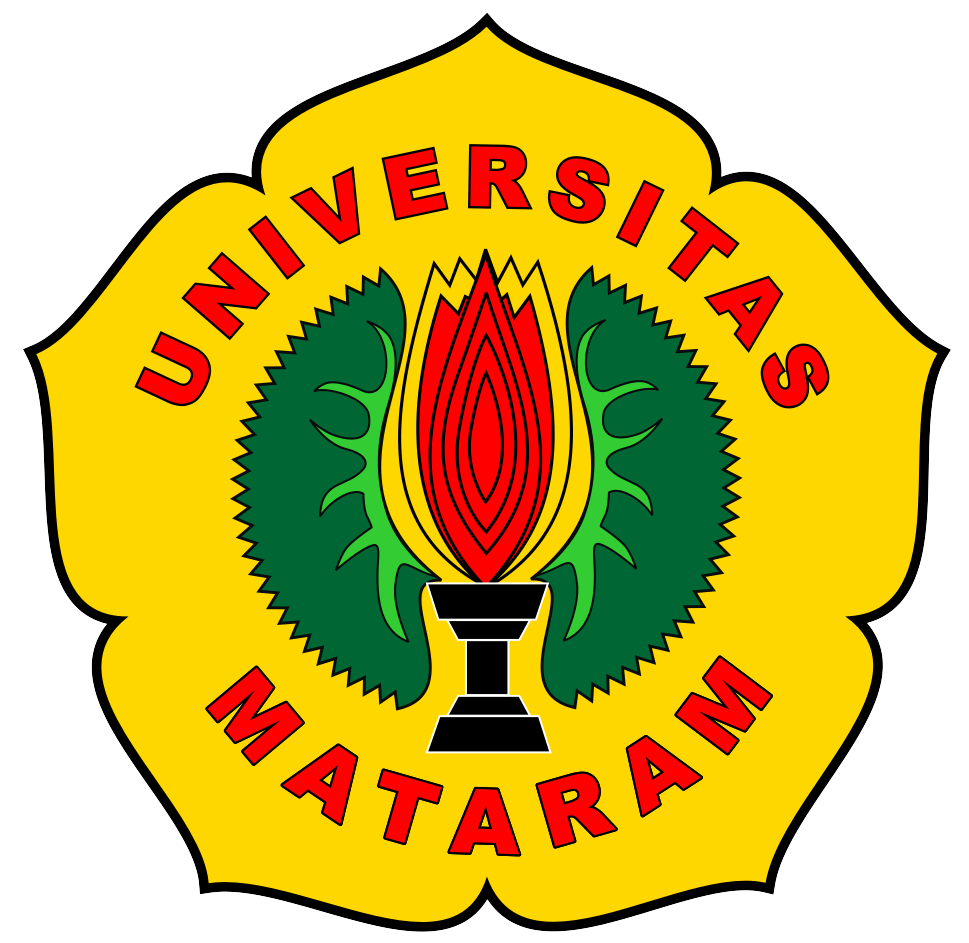PERAN EFEK IMUNOMODULASI VITAMIN D PADA TATALAKSANA COVID-19
DOI:
https://doi.org/10.29303/jk.v11i2.4686Kata Kunci:
COVID-19, Vitamin D, Efek ImunomodulasiAbstrak
Infeksi COVID-19 ditandai dengan masuknya virus SARS-CoV-2 yang berikatan dengan reseptor ACE-2. Selama proses ini, virus akan menghindari sistem imun tubuh, kemudian diikuti oleh badai sitokin pada beberapa pasien. Selain berperan untuk homeostasis kalsium dan metabolisme tulang, vitamin D juga berperan pada pengurangan proses inflammasi dan imunoregulasi yang dikenal sebagai efek imunomodulasi. Vitamin D berperan melawan patogen pada imunitas adaptif dan bawaan. Vitamin D memodulasi respon sel T-helper (Th) untuk menginduksi perpindahan respon dari Th1 ke Th2, meningkatkan perkembangan sel T regulatori (Treg) dan menyeimbangkan respon sel T-helper untuk melawan patogen dan menurunkan produksi sitokin proinflamasi. Vitamin D dapat menurunkan produksi sitokin proinflammasi seperti TNF-ï¡, IL-6, IL-1ï¢, IL-12, dan IFN-ï§, disebabkan oleh terhambatnya aktivasi faktor nuklear ï«B (NF-ï«B). Vitamin D juga dapat menginduksi vasorelaksan ACE2 yang merubah Angiotensin II menjadi Angiotensin VII yang bersifat vasodilator sehingga dapat mencegah terjadinya Acute Respiratory Distress Syndrome (ARDS). Beberapa data penelitian menunjukkan adanya kekurangan vitamin D pada penderita terinfeksi COVID-19. Satu penelitian meta-analisis mencakup 360.972 penderita COVID-19 mendapatkan defisiensi vitamin D 37,7% dan insufisiensi vitamin D 32,2%. Defisiensi vitamin D ini berkaitan dengan tingkat keparahan dan kematian penderita COVID-19. Data dari 42 penderita dengan gagal napas akut karena infeksi COVID-19 di Bari Italia menunjukkan penderita dengan kadar vitamin D < 10 ng/ml angka kematiannya 50% setelah 10 hari perawatan. Pemeriksaan kadar vitamin D sangat dianjurkan pada penderita COVID-19. Suplementasi Vitamin D dianjurkan menggunakan vitamin D3 dengan dosis pemberian 4000 IU/hari selama 7 hari selanjutnya dosis pemeliharaan 800-1000 IU/hari pada penderita dengan kekurangan vitamin D.
Unduhan
Diterbitkan
Terbitan
Bagian
Lisensi
Authors who publish with Unram Medical Journal, agree to the following terms:
- Authors retain copyright and grant the journal right of first publication with the work simultaneously licensed under a Creative Commons Attribution 4.0 International License (CC-BY License). This license allows authors to use all articles, data sets, graphics, and appendices in data mining applications, search engines, websites, blogs, and other platforms by providing an appropriate reference. The journal allows the author(s) to hold the copyright without restrictions and will retain publishing rights without restrictions.
- Authors are able to enter into separate, additional contractual arrangements for the non-exclusive distribution of the journal's published version of the work (e.g., post it to an institutional repository or publish it in a book), with an acknowledgment of its initial publication in University of Mataram's Journal of Medicine.
- Authors are permitted and encouraged to post their work online (e.g., in institutional repositories or on their website) prior to and during the submission process, as it can lead to productive exchanges, as well as earlier and greater citation of published work (See The Effect of Open Access).
- This journal is open access journal which means that all content is freely available without charge to users or / institution. Users are allowed to read, download, copy, distribute, print, search, or link to full text articles in this journal without asking prior permission from the publisher or author.






